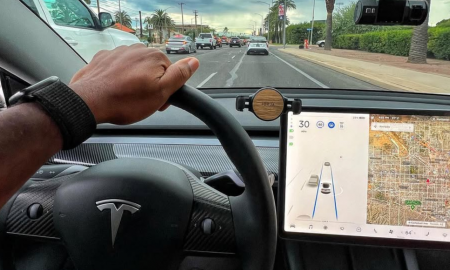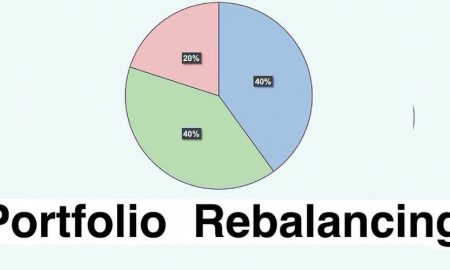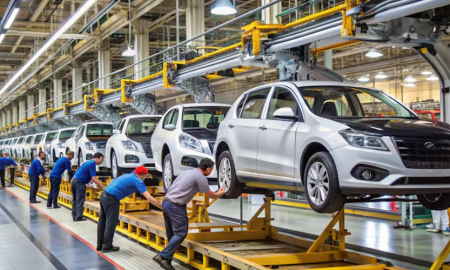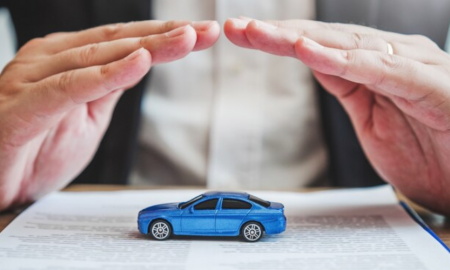
How to Find the Best Car Insurance With These Simple Steps

Finding the right car insurance policy doesn’t need to be overwhelming. Understanding your coverage needs and knowing how to compare policies effectively can simplify the process. Here’s how to find the best car insurance to ensure you get coverage that meets your needs at the best possible price.
How to Find the Best Car Insurance in 6 Steps
1. Decide What Coverages You Need
Before shopping for car insurance, it’s essential to identify the coverages you need. Most states mandate liability coverage, which covers damages you cause to others. Comprehensive and collision coverage may also be required if your car is financed or leased. These policies protect against damages from accidents, theft, or natural disasters, offering broader protection for your vehicle.
However, if your car is fully paid off, you might opt for liability-only insurance, which generally costs less. Consider your personal risk tolerance and financial situation when deciding which coverage is right for you.
2. Determine Your Coverage Limits
When selecting car insurance, coverage limits play a crucial role. Liability coverage limits are typically shown as three numbers—such as 25/50/25. The first two numbers represent bodily injury coverage per person and per accident, while the third is for property damage.
Choosing the state minimum limits might save money in the short term, but higher coverage could provide better protection in the event of a severe accident. Consider what makes the most sense based on your driving habits, the value of your car, and your financial capacity to handle damages.
3. Review Optional Coverages
Insurance providers often offer additional coverages that can enhance your policy. Optional coverages like roadside assistance, rental car reimbursement, or gap coverage could be beneficial depending on your driving needs. Gap coverage, for instance, pays the difference between the actual cash value of your vehicle and what you owe on a loan or lease, which is helpful if you have a new car that depreciates quickly.
These extras aren’t mandatory, but they can provide peace of mind and reduce out-of-pocket expenses in case of unforeseen incidents. Be sure to review all available options and evaluate their necessity.
4. Compare Insurance Providers
The financial stability of your insurance provider is just as important as the policy itself. Choosing a financially sound company ensures they’ll be able to pay out claims when needed. Research your options through independent rating agencies like A.M. Best or Standard & Poor’s. These agencies evaluate insurers based on their creditworthiness and stability, which can provide you with reassurance that your provider will stand behind your policy.
It’s also wise to choose a company with a long-standing reputation for customer service. Reading reviews and asking for recommendations can help you find an insurer with a strong track record.
5. Shop Around for Quotes
When searching for the best car insurance, always get quotes from multiple providers. Comparing policies side-by-side can help you identify which insurer offers the best rates for your desired coverage. Make sure to use the same information—such as coverage types, limits, and deductibles—when comparing quotes. This ensures you’re evaluating policies fairly and accurately.

Vlad Deep | Pexels | Comparing policies side-by-side can help you identify which insurer offers the best rates for your desired coverage.
For instance, a higher deductible might reduce your premium, but you’ll pay more out of pocket if you file a claim. On the other hand, a lower deductible results in higher premiums. Decide what balance works best for your financial situation.
6. Check for Discounts
Discounts can significantly lower the cost of your car insurance. Most insurers offer various discounts, including those for safe driving, bundling multiple policies, or being a good student. Some companies also provide savings for enrolling in paperless billing or setting up automatic payments.
When comparing quotes, ask each provider about available discounts. These can vary widely, and taking advantage of them can substantially lower your final premium.
More inCar Insurance
-
`
Trump’s Tariffs Could Cause a Spike in Car Insurance Prices in 2025
Car insurance premiums have already been rising, and 2025 may bring even higher costs for drivers. President Donald Trump’s proposed import...
March 15, 2025 -
`
Tesla Files for Ride-Hailing Service in California, Featuring Human Drivers
Tesla has taken a new step in the ride-hailing industry by applying for a permit to operate a human-driven service in...
March 15, 2025 -
`
Mercedes-Benz Cuts Costs, Prioritizes Combustion Engines for Profit Boost
The automotive landscape is shifting, and one major player is recalibrating its strategy to navigate the evolving market. In a bid...
March 8, 2025 -
`
The Hidden Downsides of Delaying Social Security Until 70
Many people are told to hold off on claiming Social Security until they reach 70 to receive the highest possible monthly...
March 8, 2025 -
`
Will Louisiana’s Car Insurance Crisis Get Worse Due to Tariffs?
Tariffs often impact industries in unexpected ways, and Louisiana’s car insurance market might face new challenges because of them. Although most...
March 2, 2025 -
`
Is Tesla’s Self-Driving Software Safe? Cybertruck Crash Raises Doubts
A recent Tesla Cybertruck accident has sparked concerns about the company’s self-driving technology. The incident occurred in Reno, Nevada, when a...
March 2, 2025 -
`
Should I Rebalance My Portfolio Alone or Seek Professional Help?
Managing investments requires a well-planned strategy, especially when nearing retirement. Many investors wonder whether they should handle portfolio rebalancing on their...
February 22, 2025 -
`
Auto Industry Faces More Challenges in 2025, Experts Warn
The auto industry is heading toward a challenging 2025, with multiple factors reshaping its landscape. Tariff threats, rising costs, and obstacles...
February 22, 2025 -
`
Car Insurance Rates Surge Across 5 States – Are You Affected?
Car insurance rates have surged dramatically across the U.S., with some states experiencing historic increases in 2024. Minnesota and Maryland have...
February 15, 2025
















You must be logged in to post a comment Login